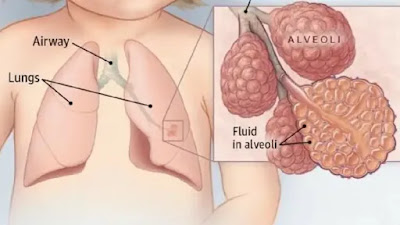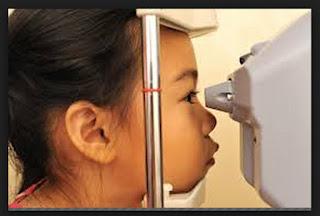Occupational hazards
Recommendation on use of screening. Uncertain recommendation
on routine screening of general population regarding occupational exposures. Opportunistic
screening may be reasonable, especially in areas where it is known that the population
is exposed to occupational hazards. The benefit of questioning individuals
during routine health care is uncertain. It appears reasonable to ask about
potential occupational hazards when completing an adult s health history .
however, this may not lead to effective action. The most rational strategy is
one that emphasizes primary prevention and routine monitoring of workplaces.
Workers in high-risk occupations should be screened for
relevant immunization status on starting employment. There should be routine
surveillance of workplaces to detect and minimize hazards. This ,along with
training workers and ensuring that they are properly equipped, should be at the
centre of a preventive strategy, with screening only an adjunct. Certain persons
may be more vulnerable to hazards than others, for biological or psychosocial
reasons . workers exposed to certain risks may need periodic surveillance to
permit early detection of adverse effects, followed, where indicated, by
reassignment to less hazardous tasks . for further information on occupational
health screening, the reader is referred to two previous WHO publications
(WHO,1975,1986a).
Cardiovascular and cerebrovascular diseases
Cardiovascular and cerebrovascular diseases are now among
the most frequent causes of morbidity and premature mortality in many
developing countries. Screening has a limited role in strategies aimed at
reducing the risks of cardiovascular and cerebrovascular disease. The literature
on this subject has been carefully revievwed
by th e Canadian and US task forces; the work of the US preventive
services task force (USPSTF 1989) is the most recent and involved consultation
with key members o fthe Canadian task force. The conclusions of the USPSTF are
summarized here , as a point of departure for recommendations focusing on the
special need of developing countries.
Given the grater prevalence of cardiovascular and cerebrovascular
diseases in industrialized countries, it is of relivance to policy-makers in
developing countries that the USPSTF recommended against routine electrocardiography
(ECG), chest X-rays, lipid profile testing (including cholesterol and triglyceride
screening ),and auscultation for carotid bruits, as mass screening techniques. They
emphasized regular counseling of patients by physicians and other health care
providers on ways of reducing cardiovascular risks (stopping smoking, reducing
alcohol intake, diet, exercise) . they recommended routine screening (by enquiry ) combined with counseling
o fall adults aged 19-64 every 1-3 years, and of those aged 65 and over
annually, for dietary risks, physical activity, and tobacco , alcohol, and drug
use.


